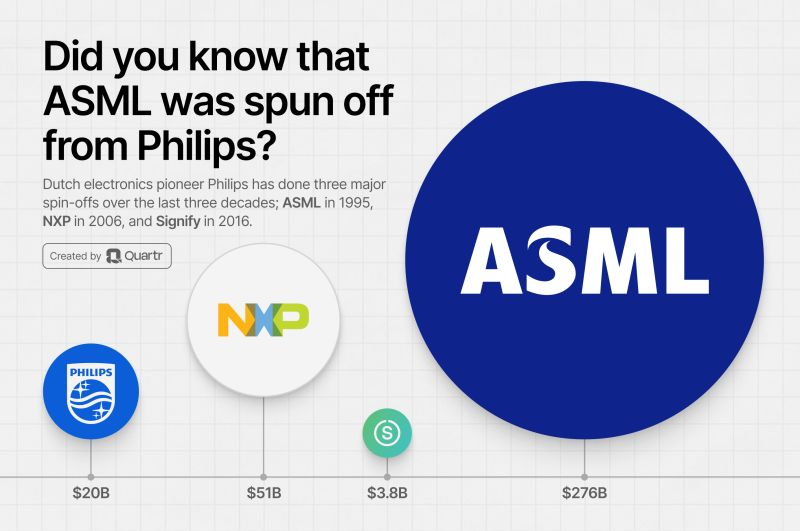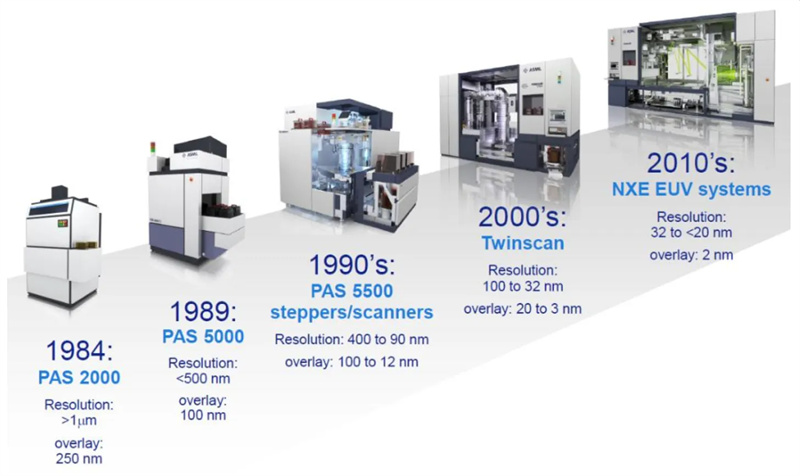Philips, now a global healthcare technology leader, has further distanced itself from its semiconductor roots by selling its Xiver microchip subsidiary to a consortium led by Dutch businessman Cees Meeuwis under Orange Mills Ventures. The sale, reported by the Dutch newspaper De Telegraaf, marks another step in Philips' gradual exit from the semiconductor industry, which it once dominated.
Xiver, a producer of MEMS (Micro-Electromechanical Systems), has been described as a loss-making division with approximately 100 employees. MEMS technology integrates mechanical and electronic components on silicon chips, with applications ranging from automotive airbag sensors to ultrasound imaging in healthcare. Xiver's new chairman, Kees Wesdorp, highlighted the potential of the company's independence:
"As part of Philips, Xiver's potential was limited to internal product development. Independence allows us to expand our market reach and attract new customers."
Philips' Semiconductor Glory Days
Founded in 1891 in Eindhoven, Netherlands, Philips grew into one of Europe's largest industrial giants, with semiconductors becoming a significant part of its portfolio in the 20th century. By the 1970s, Philips was the world's second-largest semiconductor producer, bolstered by its acquisition of Signetics in 1975. This move positioned Philips as a global leader in microchip production, powering both internal product lines like televisions and radios, and external markets.
In its heyday, Philips managed nearly every step of the semiconductor value chain, from design to manufacturing. However, the rapid evolution of semiconductor technology in the late 20th century introduced complexities that Philips struggled to keep pace with. The growing specialization within the industry led to the rise of companies like ASML, which provided advanced lithography solutions for shrinking chip designs.

ASML: A Semiconductor Offshoot
Philips' greatest contribution to the semiconductor industry lies in its role in creating ASML, now the world's leading supplier of photolithography equipment. ASML's origins trace back to Philips' Natlab (Philips Physics Laboratory) in the 1970s, where engineers developed early stepper machines for chip production.
By the 1980s, however, Philips recognized that managing both consumer electronics and semiconductor manufacturing stretched its resources thin. It began divesting non-core semiconductor divisions, and in 1984, ASML was established as a joint venture with ASM International (ASMI). Although ASML faced early challenges, its breakthrough came in 1991 with the PAS 5500 stepper, which outperformed competitors in precision and efficiency. ASML later achieved independence from Philips in 1988, becoming a dominant player in the industry with its pioneering EUV (Extreme Ultraviolet) lithography technology.

The Rise of NXP
Another significant chapter in Philips' semiconductor story is the creation of NXP Semiconductors. Philips' semiconductor division had been a major player in the global market, producing chips for automotive, telecommunications, and consumer electronics. However, years of financial struggles and shifting corporate priorities led Philips to sell a majority stake in the division in 2006 to a private equity consortium for €7.9 billion.
As an independent entity, NXP focused on high-growth markets like automotive electronics, secure identification, and wireless communications. Its acquisition of Freescale Semiconductor in 2015 solidified its position as a global leader in automotive semiconductors.
Strategic Shift to Healthcare
Philips' gradual divestment from semiconductors reflects a broader strategic pivot toward healthcare technology. Starting in the early 2000s, Philips redirected its resources toward medical imaging, patient monitoring, and other healthcare solutions, shedding its semiconductor and consumer electronics divisions in the process. This shift was financially advantageous, providing the company with the capital to acquire medical equipment firms and invest in R&D.
The Sale of Xiver
The sale of Xiver is a continuation of this strategy. Despite its advanced MEMS technology, Xiver was constrained by its role as an internal supplier within Philips. As an independent entity under Orange Mills Ventures, the company can now explore broader applications for its MEMS solutions in automotive, industrial, and medical markets.
Legacy and Lessons
Philips' transformation from a semiconductor giant to a healthcare-focused company underscores the challenges of managing innovation in a rapidly evolving industry. While it no longer plays a direct role in semiconductors, Philips' contributions to the field, particularly through the creation of ASML and NXP, have left an indelible mark on the industry.
As companies like ASML and NXP continue to thrive as independent leaders, Philips focuses on its core mission of advancing healthcare, proving that strategic pivots, while difficult, can lead to long-term success.
+86 191 9627 2716
+86 181 7379 0595
8:30 a.m. to 5:30 p.m., Monday to Friday
